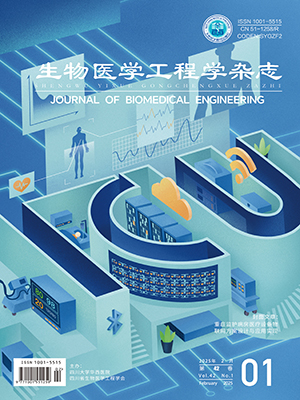Modified electroconvulsive therapy (MECT) and magnetic seizure therapy (MST) are effective treatments for severe major depression. MECT has better efficacy in the treatment than MST, but it has cognitive and memorial side effects while MST does not. To study the causes of these different outcomes, this study contrasted the electric filed strength and spatial distribution induced by MECT and MST in a realistic human head model. Electric field strength induced by MECT and MST are simulated by the finite element method, which was based on a realistic human head model obtained by magnetic resonance imaging. The electrode configuration of MECT is standard bifrontal stimulation configuration, and the coil configuration of MST is circular. Maps of the ratio of the electric field strength to neural activation threshold are obtained to evaluate the stimulation strength and stimulation focality in brain regions. The stimulation strength induced by MECT is stronger than MST, and the activated region is wider. MECT stimulation strength in gray matter is 17.817 times of that by MST, and MECT stimulation strength in white matter is 23.312 times of that by MST. As well, MECT stimulation strength in hippocampi is 35.162 times of that by MST. More than 99.999% of the brain volume is stimulated at suprathreshold by MECT. However, MST activated only 0.700% of the brain volume. The stimulation strength induced by MECT is stronger than MST, and the activated region is wider may be the reason that MECT has better effectiveness. Nevertheless, the stronger stimulation strength in hippocampi induced by MECT may be the reason that MECT is more likely to give rise to side effects. Based on the results of this study, it is expected that a more accurate clinical quantitative treatment scheme should be studied in the future.
Citation: ZHONG Gangliang, ZHANG Guanghao, REN Yanping, ZHANG Cheng, WU Changzhe, JANG Wei, HUO Xiaolin. Electric field simulation and analysis of modified electroconvulsive therapy and magnetic seizure therapy in a realistic human head model. Journal of Biomedical Engineering, 2018, 35(4): 564-570. doi: 10.7507/1001-5515.201712067 Copy
Copyright © the editorial department of Journal of Biomedical Engineering of West China Medical Publisher. All rights reserved




